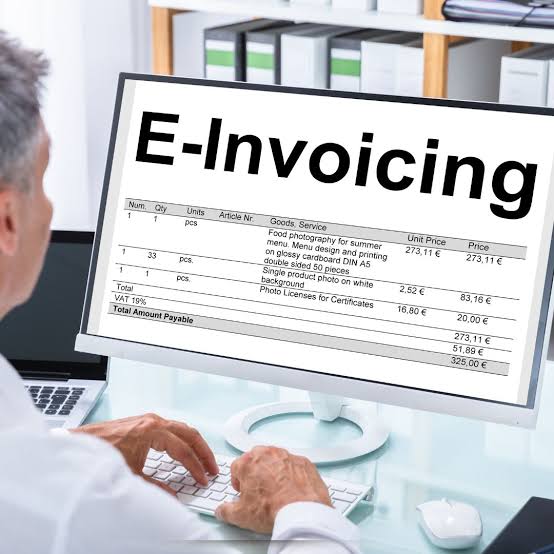
4.8 2266 Customers
Get an Accountant to manage your accounts, bookkeeping, GST and Income Tax Filing.
Please fill in your details to schedule an appointment
As GST regulations continue to evolve, businesses must adapt to stay compliant. One of the most significant changes introduced in recent years is the implementation of electronic invoicing, also known as GST E-Invoicing. This system streamlines invoicing, ensures data accuracy, and improves regulatory transparency. Preparing for GST E-Invoicing is essential for businesses crossing the specified turnover threshold. This guide provides a step-by-step breakdown to help you implement it smoothly.
GST E-Invoicing is a digital system introduced by the Indian Government for reporting business-to-business (B2B) invoices. It involves generating invoices in a prescribed format (JSON) and uploading them to the Invoice Registration Portal (IRP) to get a unique Invoice Reference Number (IRN). Once approved, the IRN and QR code are returned, validating the invoice for GST compliance and further usage.
E-Invoicing is not applicable to all businesses right from the start. It becomes mandatory only once a business crosses a specific turnover threshold in any financial year from 2017-18 onwards. This means that companies should continuously monitor their revenue levels and prepare in advance as they grow closer to the limit.
If your business is operating in the B2B space and is approaching or has exceeded the prescribed threshold (currently ₹10 Crore), you should take proactive steps toward implementation. It’s important to note that failure to comply once you're eligible may lead to legal penalties, rejection of invoices, and disruption in input tax credit for your buyers.
To evaluate readiness, businesses should assess the following:
Even if you're not currently eligible, understanding the framework now helps you avoid rushed implementation in the future.
| Field Name | Description |
|---|---|
| Supplier GSTIN | GST number of the supplier issuing the invoice |
| Recipient GSTIN | GST number of the buyer or recipient |
| Invoice Number | Unique reference number for the invoice |
| HSN/SAC Code | Item classification code as per GST norms |
| IRN | Invoice Reference Number generated by IRP |
| QR Code | Generated by the IRP for easy verification |
| Challenge | Solution |
|---|---|
| Outdated Billing Software | Upgrade or switch to a GST-compliant E-invoicing system |
| Invalid GSTIN Entries | Regularly verify GSTINs with the GST portal |
| Incompatible File Formats | Ensure support for JSON schema as per GST standards |
| Slow Integration | Use APIs for seamless connectivity with IRP and ERP |
Let Hiva streamline your GST E-Invoicing process and help your business stay compliant, efficient, and audit-ready.
© Copyright © 2025. All rights reserved.